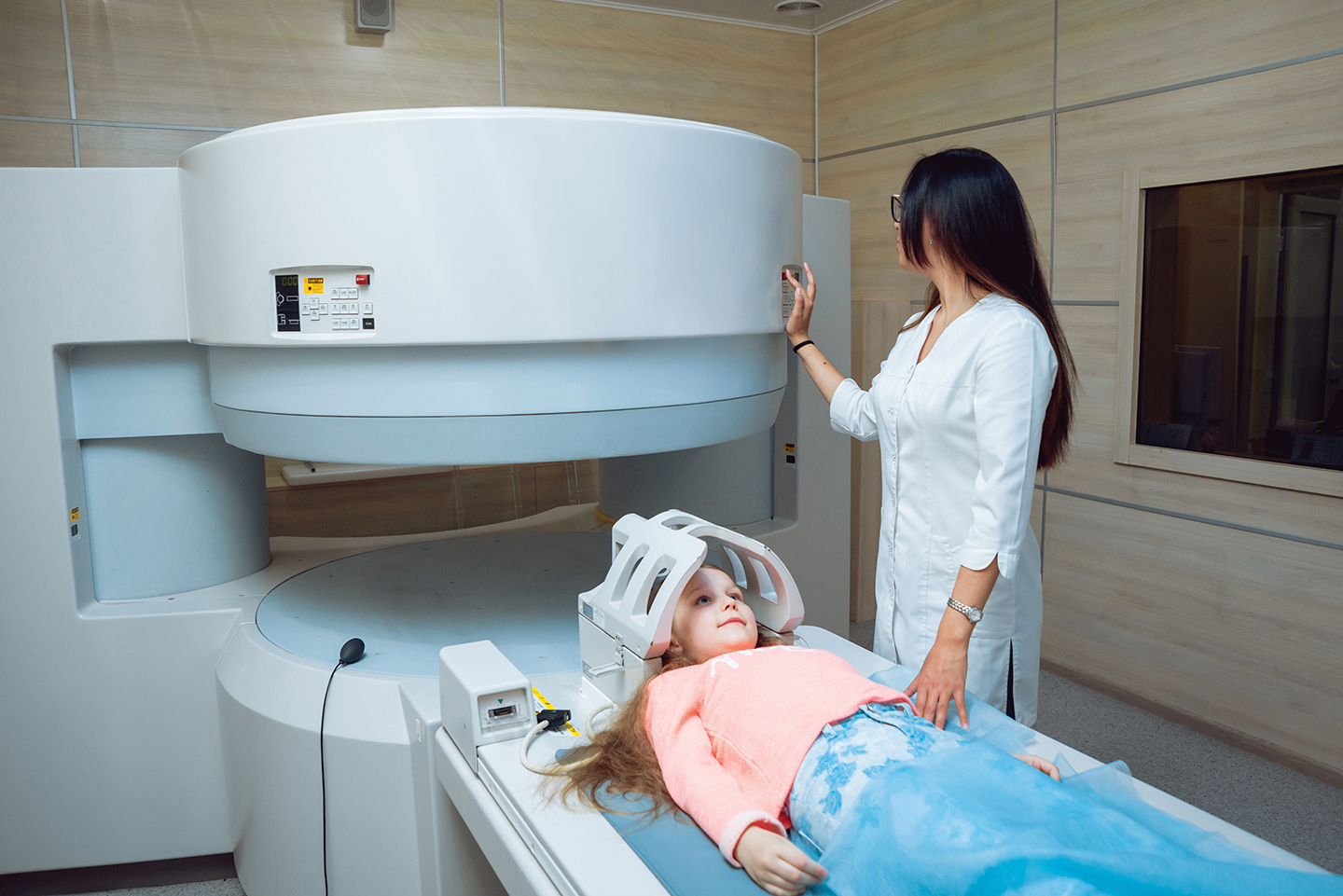MRI Techniques May Reduce the Need for Anesthesia in Children


As evidence grows that anesthesia can adversely affect a child’s cognitive development, researchers suggest that radiologists could significantly reduce the time and discomfort associated with pediatric MRI through a variety of measures before and during scanning.
Although MRI is an effective alternative to CT in pediatric imaging that eliminates the risks associated with ionizing radiation, it often requires sedation or general anesthesia to help keep young patients calm and motionless for the exam.
Though risks of immediate complications from anesthesia or sedation are generally well appreciated, there is a growing concern about potential risks related to neurotoxicity stemming from anesthetic agents. This toxicity is thought to carry the greatest risk when anesthesia is performed at a particularly young age, for prolonged times and for repeated procedures, said Randall Flick, MD, MPH, an anesthesiologist with the Mayo Clinic in Rochester, MN.
“In the past 10 to 15 years, a growing body of evidence, primarily from animal studies, shows that the anesthetic agents used in the operating room or sedation suites puts a developing brain at risk for injury,” Dr. Flick said, during a Controversy session at RSNA 2016.
Studies on animals suggest that anesthetic agents can affect apoptosis — the process in which cells undergo programmed death as a normal part of brain growth.
“When you expose an animal to anesthetic agents, the number of brain cells that die off becomes much greater, causing deficiencies in the cognitive behavioral ability of those animals,” Dr. Flick said.
While the effects of anesthesia on developing brains in animals are well characterized, the data on children are less clear, Dr. Flick said.
Studies have produced mixed results, although the Mayo Anesthesia Safety in Kids study led by Dr. Flick and currently in the data analysis stage, appears to support the association between anesthesia exposure and brain damage.
“These new findings confirm some results that we’ve seen showing an increased incidence of learning disabilities and attention deficit hyperactivity disorder in children who were exposed to anesthetic drugs more than once prior to age two,” Dr. Flick said.
MRI Techniques May Reduce the Need for Anesthesia
The idea that pediatric patients must be exposed to either radiation from CT or MRI-related anesthesia represents a false dichotomy, according to co-presenter Shreyas S. Vasanawala, MD, PhD, of Stanford University in Stanford, CA. Certain MRI techniques can provide a viable alternative to CT while reducing or even eliminating the need for sedation and anesthesia in pediatric patients, Dr. Vasanawala said.
Efforts should begin in the pre-scanning stage. The MRI suite can be made more child-friendly and a child-life service may be available to help prepare children for the procedure.
Dr. Vasanawala suggests avoiding intravenous contrast administration, if possible, as the process of accessing a vein is often the most difficult part of the experience for the child. During scanning, silent MRI techniques and distraction devices like DVD goggles may reduce or eliminate the need for sedation.
New and improved MRI approaches produce diagnostic quality images while significantly reducing the time children need to spend in the MRI scanner, Dr. Vasanawala said. For instance, free-breathing protocols can provide vital information about the state of the pediatric heart in just 10 minutes. In the abdomen, single MRI shots do an excellent job in suspected appendicitis cases, showing pus and edema and revealing alternative diagnoses like pancreatitis.
Volumetric acquisitions have numerous applications in musculoskeletal imaging, Dr. Vasanawala said, as he demonstrated that a single, six-minute volumetric scan of the pediatric knee revealed findings like meniscal tears almost as well as images from a 30-minute acquisition.
“The quality of the imaging is quite good for the diagnostic purposes at hand,” Dr. Vasanawala said. “Some of these techniques may reduce the depth, duration and frequency of anesthesia.”
